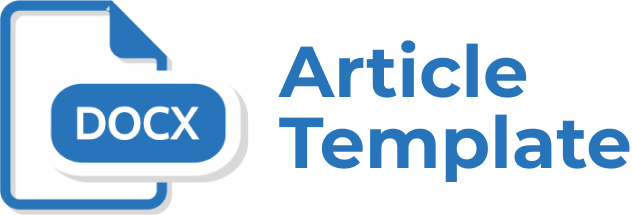Needs Assessment of Blended Learning Management in Higher Education in Surakarta, Indonesia
Abstract
The management of blended learning in higher education is a learning management in higher education that blends the learning in face to face meetings with learning in e-learning class. Learning management is the management of learning according to the management functions of planning, organizing, actuating, and controlling of human resources, materials, methods and machines in order to achieve the learning objectives effectively and efficiently. Needs analysis of management of blended learning in higher education aims to identify the needs of management of blended learning at the higher education who has an e-learning. The used data collection methods were closed interview. Respondents are 35 lecturers of higher education that have e-learning. Based on research result, it can be concluded that in the planning function, syllabus subjects have included the use of e- learning as a means for distributing learning material, as the place to discuss the course material, and as a place to discuss the learning process, and e-learning can be complements or substitutes. Organizing function of blended learning management in higher education following the SOP which includes the provision that the e-learning activities contained in the course report, the presence of students in e-learning class was recorded in the presence attendance, and e-learning class made by the lecturer in the pages of e-learning that was provided by the higher education. Just like in the organizing function, actuating of management of blended learning is performed in accordance with the SOP with the proviso that the use of e-learning facilities as a means of active learning (student center learning) and document of actuating in e-learning is a file download the presence, activity, and / or by students project. The controlling function includes a midterm can be implemented using e-learning facilities, but the semester exams only conducted in face to face meetings, dissemination of material and collecting tasks subjects of lecturers to students can be varied by e-learning facility, and evaluation of teaching and learning process made a lecturer in e-learning.
Full Text:
PDFReferences
Bath, Debra & Bourke, John. (2010). Getting started with blended learning. GIHE: Griffith Institute for Higher Education.
Carman, J.M. (2005). Blended Learning Design : Five Key Ingradients. Retrieved from http://www.agilantlearning.com/pdf/Blended%20Learning%20Design.pdf.
Center of Digital Education. (2012). Realizing the Full Potentital of Blended Learning. Retrieved from http://echo360.com/sites/default/files/CDE12%20STRATEGY%20Echo360-V.pdf.
Chickering, A. W. & Gamson, Z. F. (1987). Seven Principles for Good Practice in Undergraduate Education. Retrieved from http://files.eric.ed.gov/fulltext/ED282491.pdf.
DreamBox Learning marketing team. (2013). 6 Models of Blended Learning. Retrieved from http://www.dreambox.com/blog/6-models-blended-learning.
Educase. (2009). Learning Initiative: Unit 7: Implementing Blended Learning. Retrieved from https://net.educause.edu/ir/library/pdf/ELI80077.pdf.
Heryati, Yeti & Muhsin, Mumuh. (2014). Manajemen Sumber Daya Pendidikan. CV Pustaka Setia. Bandung.
Lynch, David & Smith, Richard. (2005). Teacher Education for a New Age. The International Journal of Knowledge, Culture and Change Management Vol. 5 Issue 7 pp. 131-140, 2005. Retrieved from http://aaclm.com/images/The%20Lm%20Concept.pdf.
Singh, Harvi & Reed, Chris. (2001). A White Paper: Achieving Success with Blended Learning. Centra Software. Retrieved from http://www.leerbeleving.nl/wbts/wbt2014/blend-ce.pdf
Thorne, Kaye. (2003). Blended Learning: How to Integrate Online and Traditional Learning. Kogan Page Limited.
Refbacks
- There are currently no refbacks.


